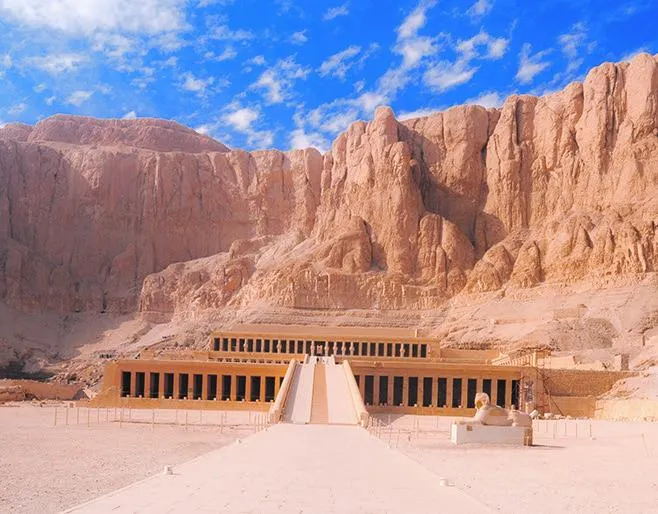Archaeological excavation has been fairly muted in the Middle East during the present crisis there. However, a number of discoveries have been made in Egypt over the last year that have been in the news. One in particular may have significant bearing on how we read the Bible.
Any visitor to Egypt will have been awestruck by the stunning ruins of tombs, temples and pyramids. Among those memorable sights will probably be the mortuary temple of Hatshepsut in Luxor. Built as three terraces into the sides of a cliff it remains remarkably intact having been used and reused for different purposes over 3,000 years.
A female Pharaoh
Hatshepsut was one of the few female Pharaohs in Egyptian history. Soon after her death an attempt was made to erase her memory. Her name was hacked away from stone inscriptions. An effort began to remove her name from the temple, though this was never completed. While she was not unique as a female Pharaoh, Hatshepsut was the most powerful of those women and the grand building works of her Luxor temple showed just how prosperous Egypt was at that time. It is a mystery why her successor sought to obliterate her memory.










Comedy, free speech and warnings from the past
Hannah Arendt was a Jewish philosopher who grew up in Nazi Germany. Eventually she had to flee to France and, …